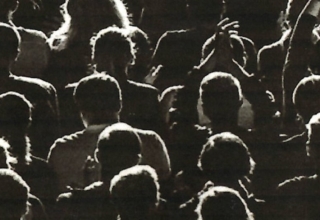
Incentives
Incentives and rewards of various kinds are common in change and transition projects. However, few of the coaches and leaders I have worked with understand some of the psychological dynamics at play with the incentives we use. Research reported in the Journal of Economic Psychology (Dolan et al, 2012) describes a number of behavioral insights with relevance to influencing behavior. Here is one that has particular relevance in organizational settings:
Our brains weight losses more than gains: As I described in my previous blog, people strive to avoid losses more than they strive for gains. This is a basic human behavioral trait based on evolutionary loss-aversion. Many companies I have worked with invest large amounts in providing incentives, rewards and recognition with little or no benefit generated for their business goals. Indeed, providing material or money rewards and incentives is fraught with problems and can often be counter-productive. For example, in one organization I consulted with, I conducted analysis of all large business groups and the amount of money invested in recognition and rewards for employees. I then compared this with the surveyed levels of engagement and satisfaction of employees in these groups. This analysis showed that the business function that gave the greatest amount of incentive cash had the lowest levels of employee satisfaction. Change leaders should consider (however contradictory to our current and historical thinking it may be) to frame “incentives” as charges that will be imposed if the change is not successful. For example, employees could be paid bonuses that go into a personal account as progress is made, with an understanding that these monies will all be withdrawn if the overall goal is not achieved – people hate to lose something that they have already received (and I know how difficult this thinking is for most of us!).
Norms
Cultural norms are the behavioral expectations or rules in a society (or company). Usually these are implicit, and rarely used in explicit ways to drive change. The way that people think and act at work is (obviously) critical in terms of executing strategy – BUT, strategy is a dynamic process and must change and morph as market dynamics change (this is the reason why the development of organizational values, which tend to be static, can be problematic and become obstacles for companies needing to change). The problem is that most organizations do not explicitly think about and manage behavioral “norms” to align with their changing business strategies. The result is that it virtually guarantees that cultural norms become out of alignment with ever-changing business strategies. Organizations that perform well on this are very explicit about cultural norms of behavior – most importantly, this level of clarity must be in the form of senior leaders being highly visible in their role-modeling these behaviors. Simply talking about how people SHOULD behave is not effective. The topic of how to shape behaviors and create norms is very extensive and too much for this essay.
Here is a funny but powerful video about how social norms, the need to conform and perceived pressure can influence us in the most humorous (and scary) ways:
https://www.facebook.com/anonews.co/videos/vb.997108126967413/1313784798633076/?type=2&theater
A less humorous example of the power of social norms and influence is the recent backlash against “critical race theory” (CRT) being taught in schools. News media show parents screaming and shouting at school board meetings and even becoming physically violent because they believe that CRT is bad for kids. When being interviewed by the media and asked “what is CRT”, few parents can answer – they are aggressively angry about a topic they don’t understand and cannot articulate.
Download Article















